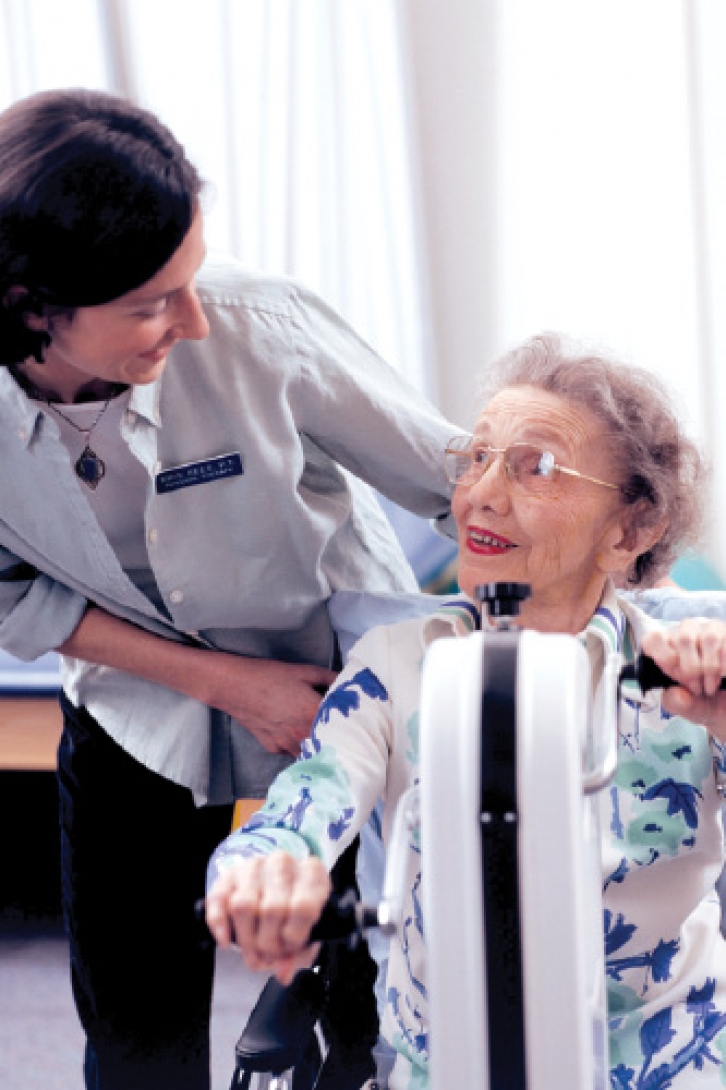Investigating the Impact of Hands-on Therapy Methods on Reducing Musculoskeletal Discomfort and Enhancing Patient Results
Investigating the Impact of Hands-on Therapy Methods on Reducing Musculoskeletal Discomfort and Enhancing Patient Results
Blog Article
Manual treatment techniques are hands-on approaches used by healthcare professionals to address muscle and joint pain. These methods include various types of adjustment and movement of the human muscles and articulations. The objective of hands-on treatment is to relieve discomfort, improve movement, and boost overall function. Numerous people experience muscle and joint discomfort due to injuries, suboptimal alignment, or conditions like joint inflammation. By using hands-on treatment, practitioners aim to tackle these concerns and help patients recover their quality of life.
One common manual therapy method is spinal adjustment. This technique involves using precise pressure to the spine to enhance positioning and reduce pain. Research has shown that spinal manipulation can be effective in treating lower back pain and neck pain. Another technique is gentle connective tissue manipulation, which concentrates on reducing tightness in the muscle tissue and soft tissues. This can help alleviate rigidity and enhance range of motion, making it simpler for clients to navigate without pain. Both techniques can be tailored to meet the specific needs of each patient, ensuring a personalized approach to care.
In furthermore to discomfort alleviation, hands-on treatment can enhance patient results in multiple aspects. For example, it can improve blood flow, which helps supply nutrients and essential elements to the injured regions of the body. Better circulation can also promote recovery and alleviate swelling. Additionally, manual therapy can help patients develop better physical consciousness, which is view it now crucial for avoiding future trauma. By comprehending how their physiques function, patients can make more informed choices about their movements and posture, leading to sustained advantages.
The efficacy of manual treatment is often backed by client feedback. Numerous patients report significant improvements in their discomfort intensity and overall performance after undergoing treatment. This positive response can lead to greater drive for clients to participate in physical activity and rehabilitation programs. When clients feel improved, they are much likely to participate in their recovery journey, which can additionally improve their outcomes. This collaborative approach between the provider and the client is essential for achieving lasting results.
In conclusion, hands-on treatment techniques play a vital role in alleviating muscle and joint discomfort and improving patient results. By applying techniques such as spinal manipulation and soft connective tissue manipulation, medical providers can help patients regain movement and alleviate discomfort. The benefits of hands-on treatment go beyond immediate discomfort alleviation, as it also encourages recovery and encourages patients to take an proactive role in their rehabilitation. As an increasing number of people seek efficient therapies for musculoskeletal issues, hands-on treatment remains to be an essential option in the field of medicine.